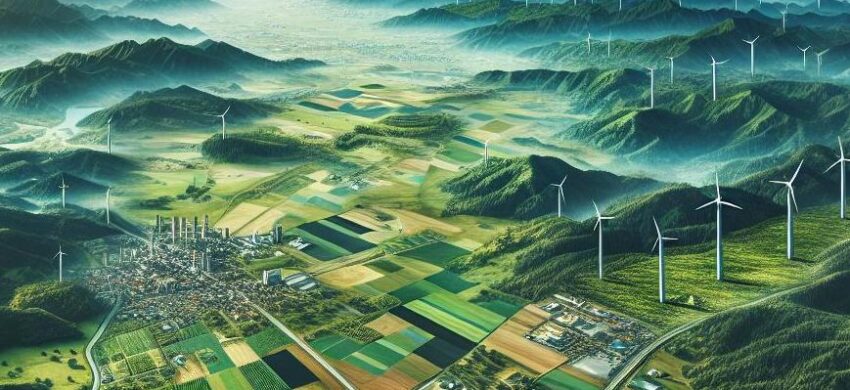In assessing coming shifts within land use regulations, there’s a clear divergence in residential, commercial, and industrial usage trends.
For residential areas, sustainability is key. Green building practices, energy-efficient homes and buildings, and eco-friendly communities are expected to increase. These trends can be attributed to a growing societal emphasis on environmental conservation and a shift towards healthier living environments. Urban farming, communal spaces, and walkable communities are also on the rise.
Commercial land use, largely driven by economic factors, is seeing a transformative shift due to the increasing global prevalence of e-commerce. This has necessitated the redesign of retail spaces, conversion to warehouses, or mixed-use properties. Work from home trends also influence commercial property demand with consideration for shared/remote-working spaces.
In the industrial sector, the advancement of technology and automation has started affecting land use policy. This calls for the redesigning of manufacturing plants and warehouses to accommodate robotics and automation equipment, contributing to a more efficient industrial production facility layout. Also, sourcing renewable resources and adopting sustainable practices are increasingly pervasive.
Ultimately, the future of land use policy will be shaped by a combination of sustainability concerns, technology innovation, and evolving societal living and working habits.
 |
 |
 |


